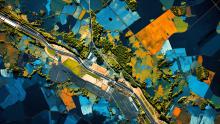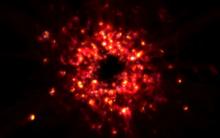How satellites are boosting climate resilience of EU cities

Our cities are home to the vast majority of Europeans, but they are under pressure from the complexities of climate change and rapid urbanisation. The EU-funded CURE project leveraged the power of Earth Observation satellites to address these issues, aiming to create safer, more sustainable cities for EU citizens.









